Installing WordPress! We are often asked by users about what to do right after starting a blog? Once you have installed WordPress, there are still quite a few things you need to do to properly set up and launch your website. In this article, we will share the most important things that you will immediately want to do after Installing WordPress.
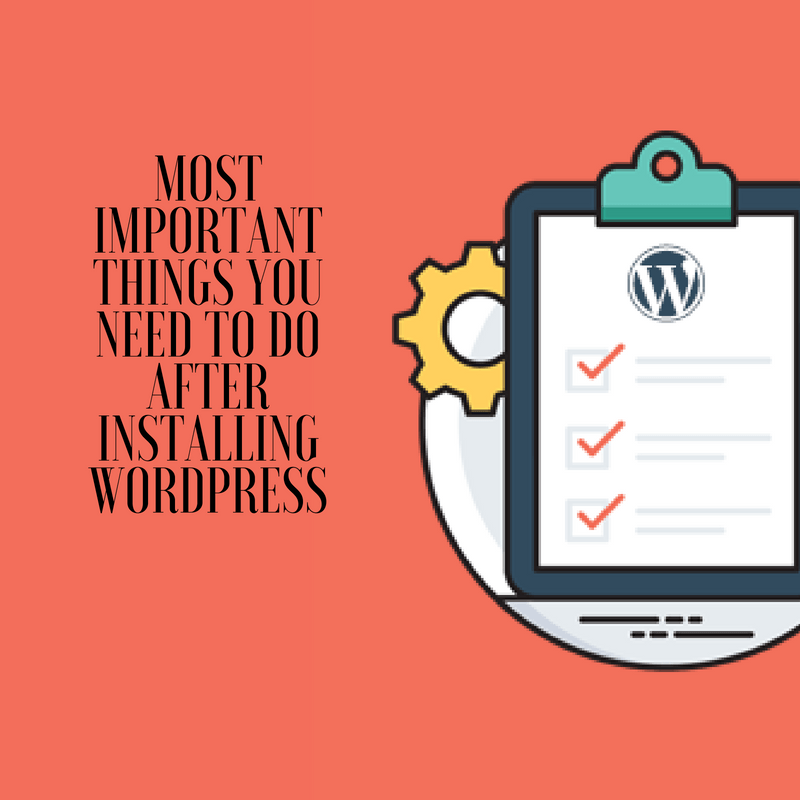
1. Add a Contact Form
All Installing WordPress websites on the internet need a contact form. It allows your website visitors to quickly contact you by simply filling out a form on your website.
Installing WordPress by default, WordPress does not come with a built-in contact form.
This is where WPForms comes in. It is the best WordPress contact form plugin and allows you to easily create beautiful contact forms for your website.
They also have a WPForms free version that you can download from WordPress.org plugin repository.
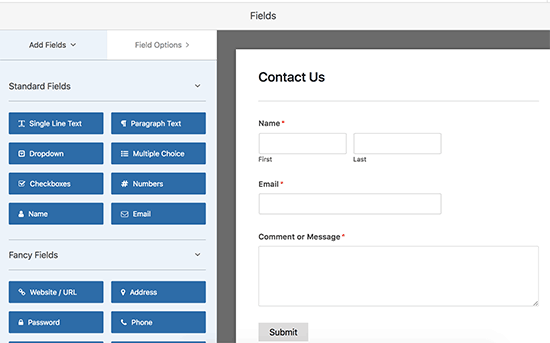
See our step by step guide on how to create a contact form in WordPress.
2. Change Site Title, Tagline, and Timezone
Next, you need to change the site title, tagline, and timezone settings after Installing WordPress. Simply head over to Settings » General page and change these settings.

3. Setup WordPress SEO
SEO, short for Search Engine Optimization, is used by website owners to get more traffic from Google and other search engines. it’s the most important thing after Installing WordPress.
After Installing WordPress you have to know that it is pretty SEO friendly out of the box. However, there is a lot more than you can do to optimize your SEO and get more traffic to your website.
The best time to set up your website’s SEO is right after Installing WordPress.
After Installing WordPress We recommend using the Yoast SEO plugin. It is the most comprehensive WordPress SEO plugin on the market, and it takes care of all the important SEO settings out of the box.
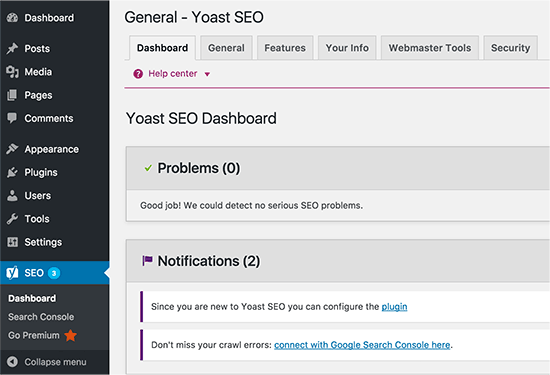
For complete step by step instructions, see our ultimate WordPress SEO guide for beginners.
4. Install Google Analytics
After Installing WordPress and done all that what we told you above you might know as a website owner, you need to understand your audience, what they are looking for, and how you can help them find it. These insights help you make smarter decisions to grow your business.
This is where you need Google Analytics. It shows you how many people visit your website, where they came from, and what they did on your website.
Installing WordPress is easy but some other things are quite typical. The easiest way to install Google Analytics is by using MonsterInsights. It is the best Google Analytics plugin for WordPress and shows beautiful analytics reports right inside WordPress.
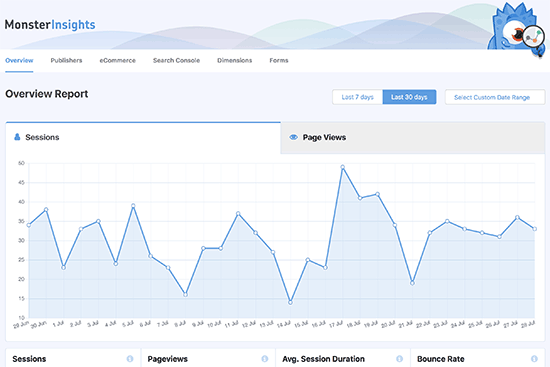
For the complete setup, see our beginner’s guide on how to easily install Google Analytics in WordPress.
5. Install Caching
Studies show that 1 second delay in page load time can lead to 7% loss in conversions, 11% fewer page views, and 16% decrease in customer satisfaction.
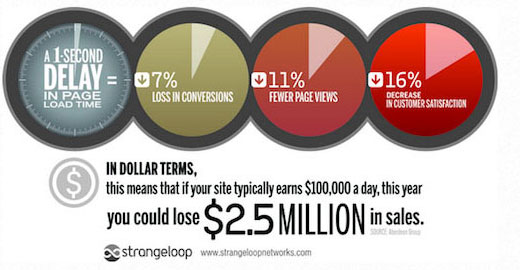
As a website owner, you need to make sure that your website is fast and performs well even under high traffic. it’s the most important thing after Installing WordPress
This is where caching comes in. It allows your website to quickly serve cached copies of your pages to users instead of generating them on the fly. This reduces server load on your website and improves your page load speed.
There are a lot of caching plugins available for WordPress, but we recommend using the WP Super Cache plugin. See our guide on how to install and setup WP Super Cache plugin for detailed instructions.
Caching alone can significantly improve your website’s speed. However, there are lots of other things you can do to make it faster. See our complete guide on how to improve WordPress speed & performance.
6. Setup Backups
Each year millions of dollars worth of damages are caused by data loss. Creating backups is the only way to make sure that you can easily recover your website in case of a disaster.
Some WordPress hosting companies offer limited backup services with their hosting plans. However, these backups are not guaranteed, and it is your responsibility to back up your website on your own.
Luckily, there are several great WordPress backup plugins that you can use to automatically create backups.
We recommend using Updraft Plus. It is the best WordPress backup plugin and allows you to set up automatic backup schedules. You can also store your backups securely on remote storage services like Google Drive, Amazone S3, Dropbox, and more.

For step by step instructions see our step by step tutorial on how to backup and restore WordPress using UpdraftPlus
7. Setup WordPress Security
WordPress is quite secure out of the box. However, you still need to follow security best practices to keep your website secure.
Some of these best practices are quite easy to do on your own like using strong passwords, securing WordPress admin area, and installing updates.
For other things, you will need a plugin. There are some great WordPress security plugins that you can use.
We recommend using Sucuri. They are the industry leader in website security, vulnerability scanning, and malware protection.
The best part about using Sucuri, is that they offer the best WordPress firewall plugin. A website firewall blocks suspicious traffic from ever reaching your website.

For complete instructions, follow the steps in our ultimate WordPress security guide for beginners.
8. Setup Spam Protection
Spam comments can be quite problematic. Most of them contain links to malicious websites known for distributing malware. Spam comments can affect your search rankings and your website’s reputation.
You can enable comment moderation in WordPress to prevent any comment appearing without approval. However, as the quantity of spam grows you will be spending considerable time moderating comments.
To fix this, you need to install and activate the Akismet plugin. It is a WordPress anti-spam plugin and one of the only two plugins that come pre-installed on every WordPress website.
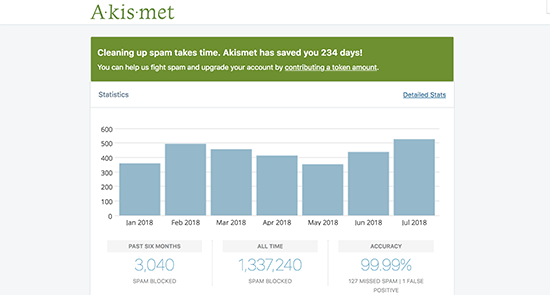
To learn more, see our guide on how to set up Akismet anti-spam plugin in WordPress.
9. Delete Unused WordPress Themes
Most WordPress users will install and test a few themes before deciding on one that’s a keeper. Instead of leaving those unused themes installed, be sure to delete them. The reason for that is because even inactive themes will need updates.
We do recommend keeping at least one default theme installed. This theme will act as a fallback in case you have to switch themes when troubleshooting errors.
Go to Appearance » Themes page and click on an unused theme that you want to delete. This will bring up a popup showing theme details. In the bottom-right corner of the popup, you will see the link to delete the theme.
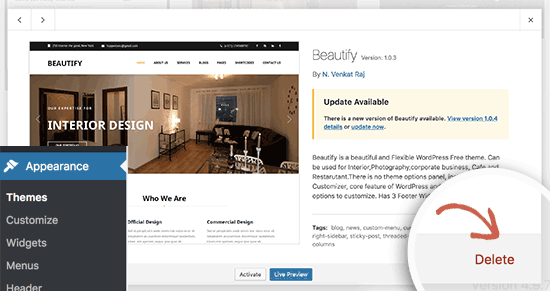
Repeat the process to delete all unused themes.
10. Setup WordPress Comments
Comments play an important role in most blogs. They are a good indicator of user engagement and allow you to build a community around your blog.
Simply go to Settings » Discussion page to setup comments. From here you can enable or disable comments, setup comment notifications, and comment moderation.

